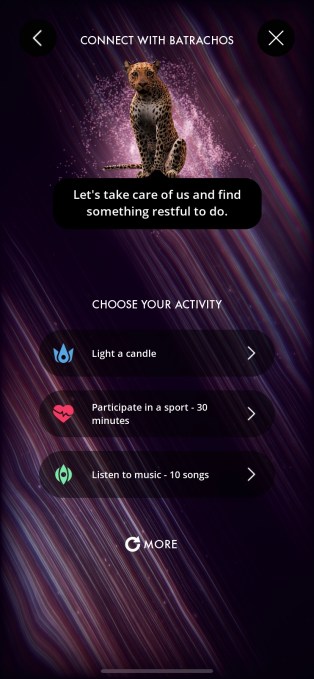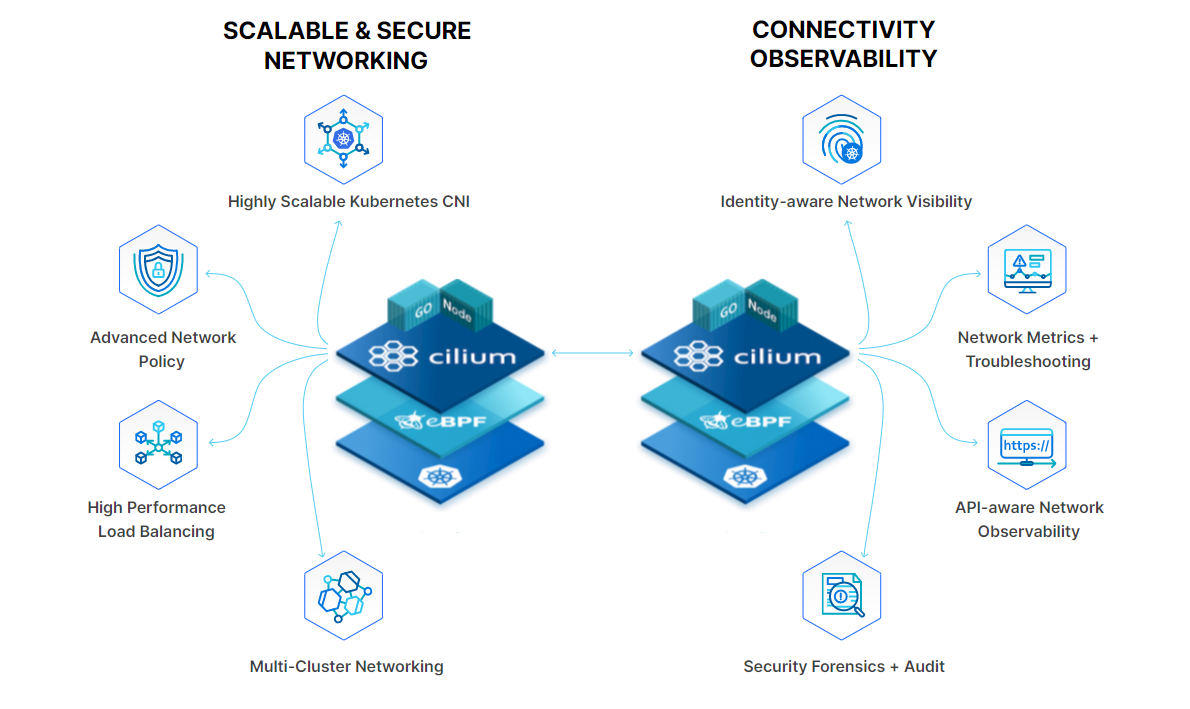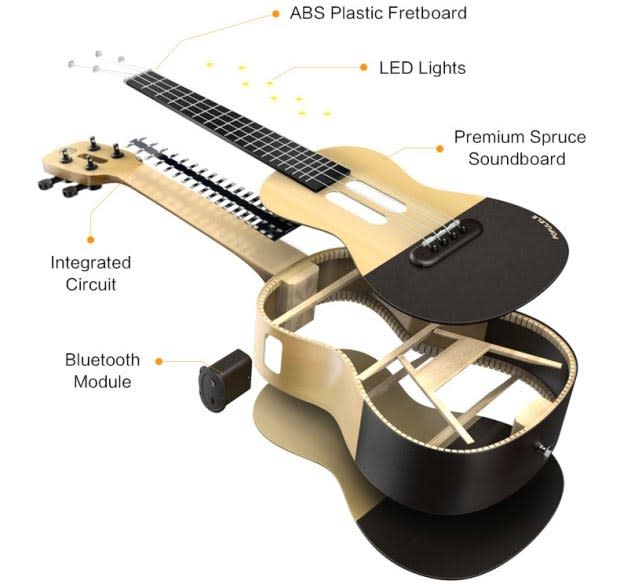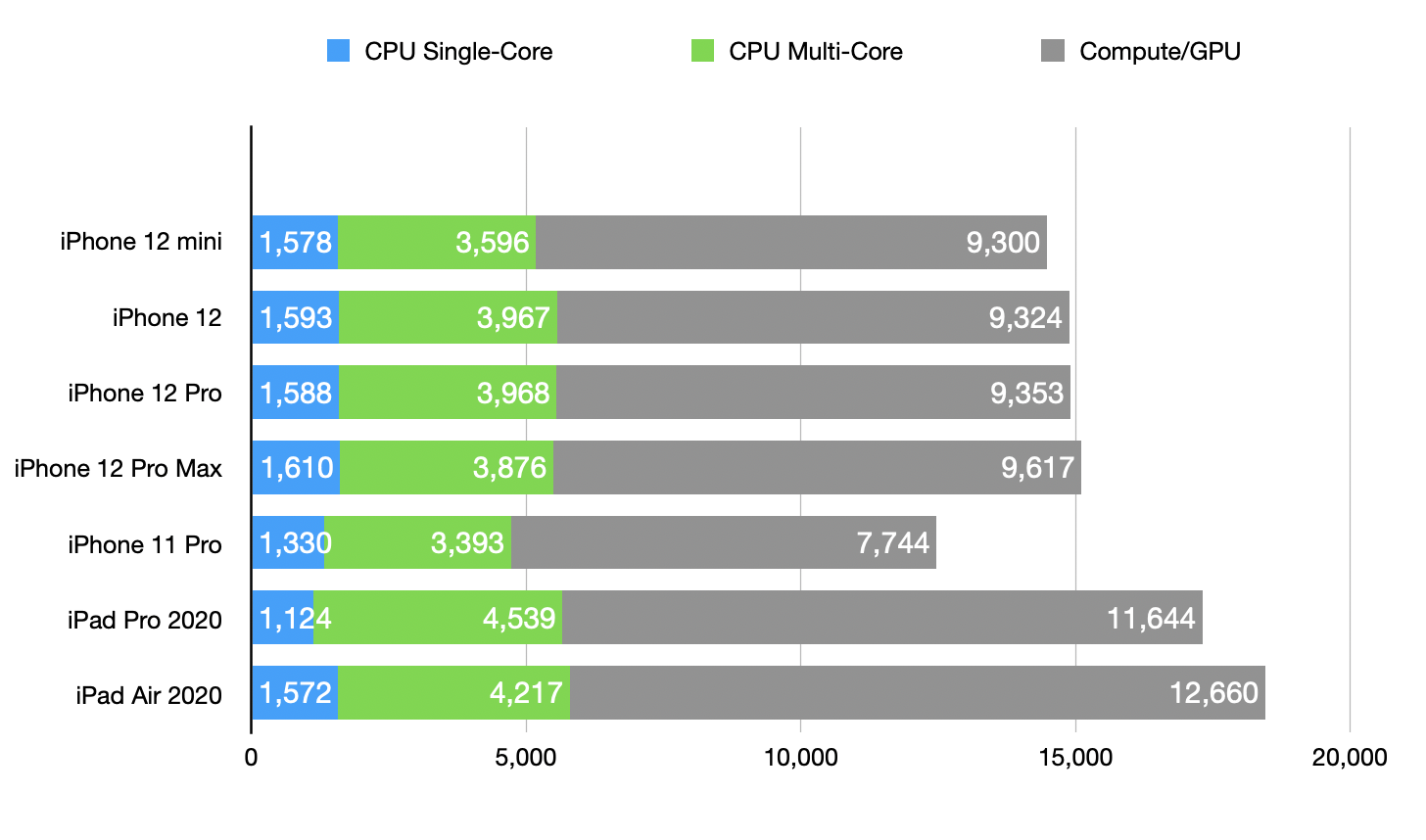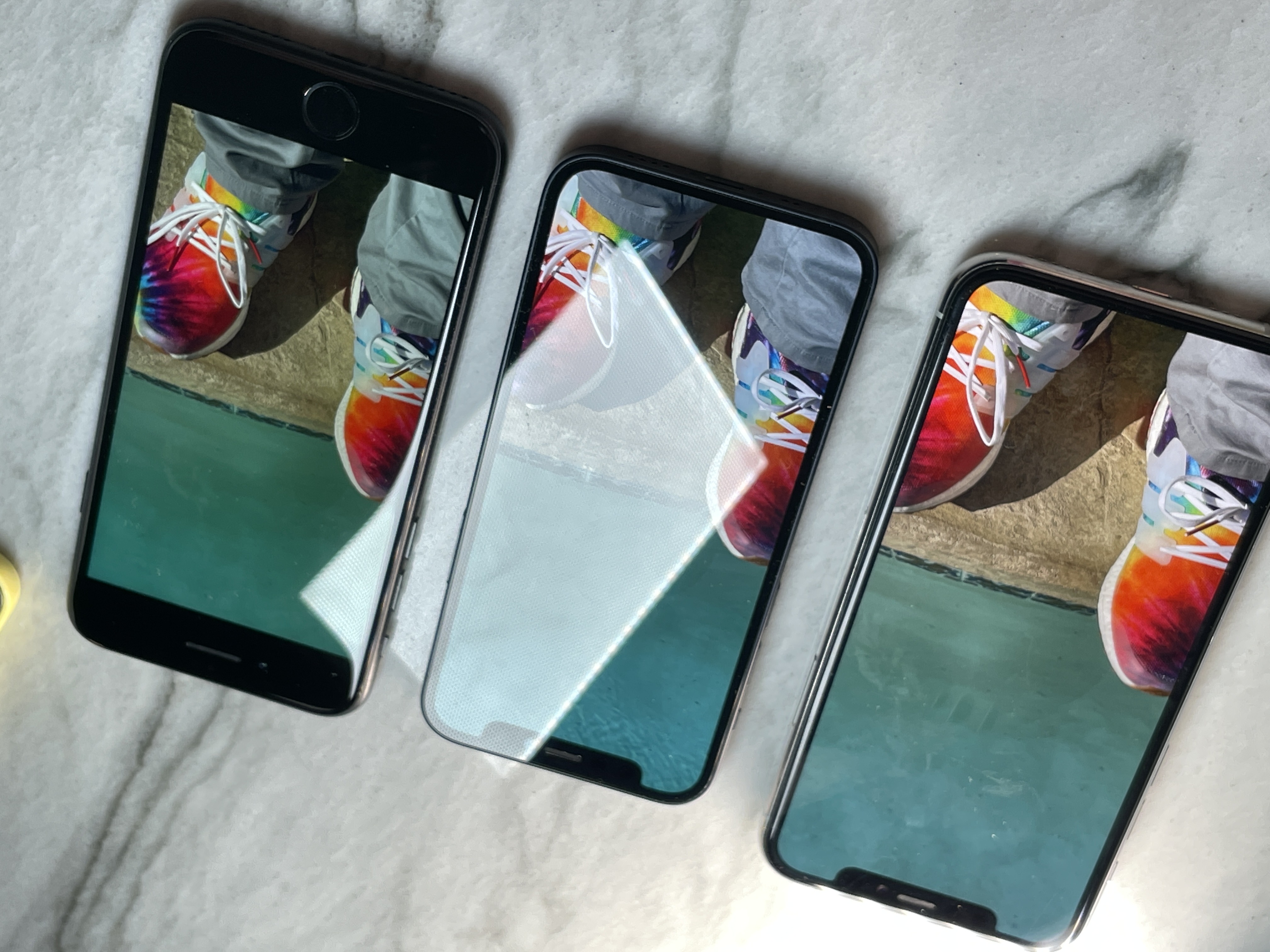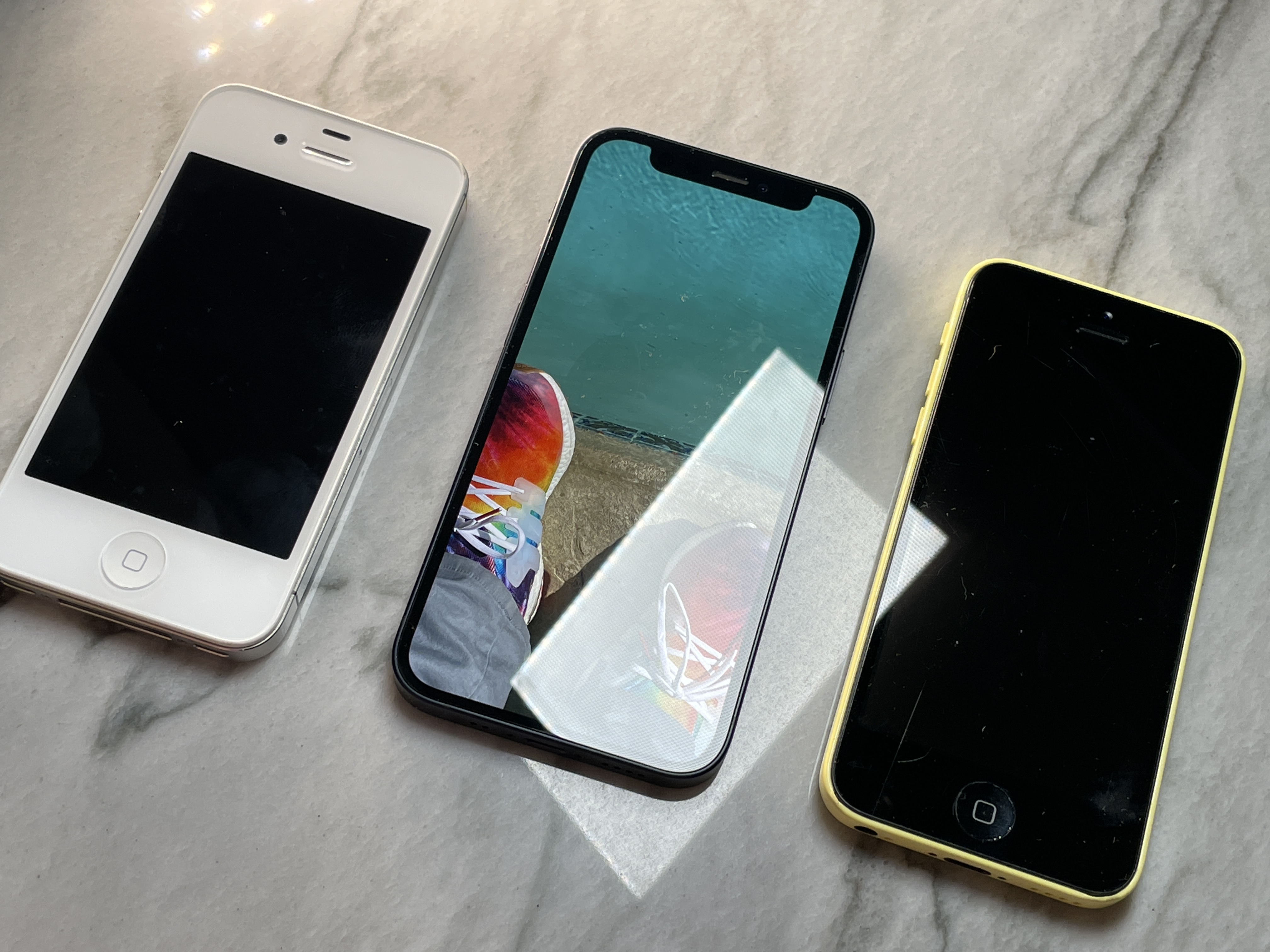The iPhone 12 Pro Max is probably the easiest of all of the new iPhone 12 models to review. It’s huge and it has a really, really great camera. Probably one of the best cameras ever in a smartphone, if not the best. For those of you coming from an iPhone “Max” or “Plus” model already, it’s a no-brainer. Get it, it’s fantastic. It’s got everything Apple has to offer this year and it’s even a bit thinner than the iPhone 11 Pro Max.
For everyone else — the potential upsizers — this review has only a single question to answer: Do the improvements in camera and screen size and potentially battery life make it worth dealing with the hit in handling ergonomics from its slim but thicc build?
The answer? Yes, but only in certain conditions. Let’s get into it.
Build
I’m not going to spend a ton of time on performance or go through a feature-by-feature breakdown of the iPhone 12 Pro Max. I’ve published a review of the iPhone 12 and iPhone 12 Pro here and just today published a review of the iPhone 12 mini. You can check those out for baseline chat about the whole lineup.
Instead, I’m going to focus specifically on the differences between the iPhone 12 Pro Max and the rest of the lineup. This makes sense because Apple has returned us to a place that we haven’t been since the iPhone 8.
Though the rest of the lineup provides a pretty smooth arc of choices, the iPhone 12 Pro Max introduces a pretty solid cliff of unique features that could pull some people up from the iPhone 12 Pro.

The larger size sets off all of the work Apple did to make the iPhone 12 Pro look like a jewel. Gold-coated steel edges and the laminated clear and frosty back with gold accent rings around the cameras and glossy logo. All of it screams posh.
Some of you may recall that there was a period of time when there existed a market for ultra-luxury phone makers like Vertu to use fine materials to “elevate” what were usually pretty poorly implemented Symbian or Android phones at heart. Leather, gold, crystal and even diamond were used to craft Veblen goods for the über rich just so they could stay “above” the proles. Now, Apple’s materials science experimentation and execution level is so high that you really can’t get anything on the level of this kind of pure luxe manifestation in a piece of consumer electronics from anyone else, even a “hand maker.”

To be fair, Vertu and other makers didn’t die because Apple got good at gold, they died because good software is needed to invest life into these bejeweled golems. But Apple got better at what they did faster than they could ever get good at what Apple does.
This is a great piece of kit and as mentioned is even thinner than previous Max models with the same size screen, but it’s about the same width (.3mm wider). And in my opinion, the squared-off edges of this year’s aesthetic make this phone harder to hold, not easier at this size. This is essentially the opposite effect from the smaller models. For a phone this size I’d imagine everyone is going to use a case anyway, so that’s probably moot, but it’s worth noting.

My feelings on the larger iPhones, which I haven’t used as a daily driver since the iPhone 8, remain unchanged: these are two-handed devices best used as tablet or even laptop replacements. If you run your life from these phones then it makes sense that you’d want a huge screen with plenty of real estate for a browser and a pip video chat and a generous keyboard all at once.
The differences
When we’re talking about whether or not to move up to this beast I think it’s helpful to have a list of everything here that is different, or you think might be but isn’t, from the iPhone 12 Pro.
Screen. The 6.7” iPhone 12 Pro Max screen has a resolution of 2778×1284 at 458 ppi. That’s nearly identical but slightly less than the iPhone 12 Pro’s 460ppi. So though this is a difference, I’d count it as a wash. The screen’s size, of course, and the software support that some Apple and third-party apps to take advantage of the increased real estate are still a factor.

Performance. The iPhone 12 Pro Max performs exactly as you’d expect it to in the CPU and GPU department, which is to say exactly the same as the iPhone 12 Pro. It also has the same 6GB of RAM on board. Battery performance was comparable to my iPhone 11 Pro Max testing, which is to say it outlasted a typical waking day, though I could probably nail it in a long travel day.
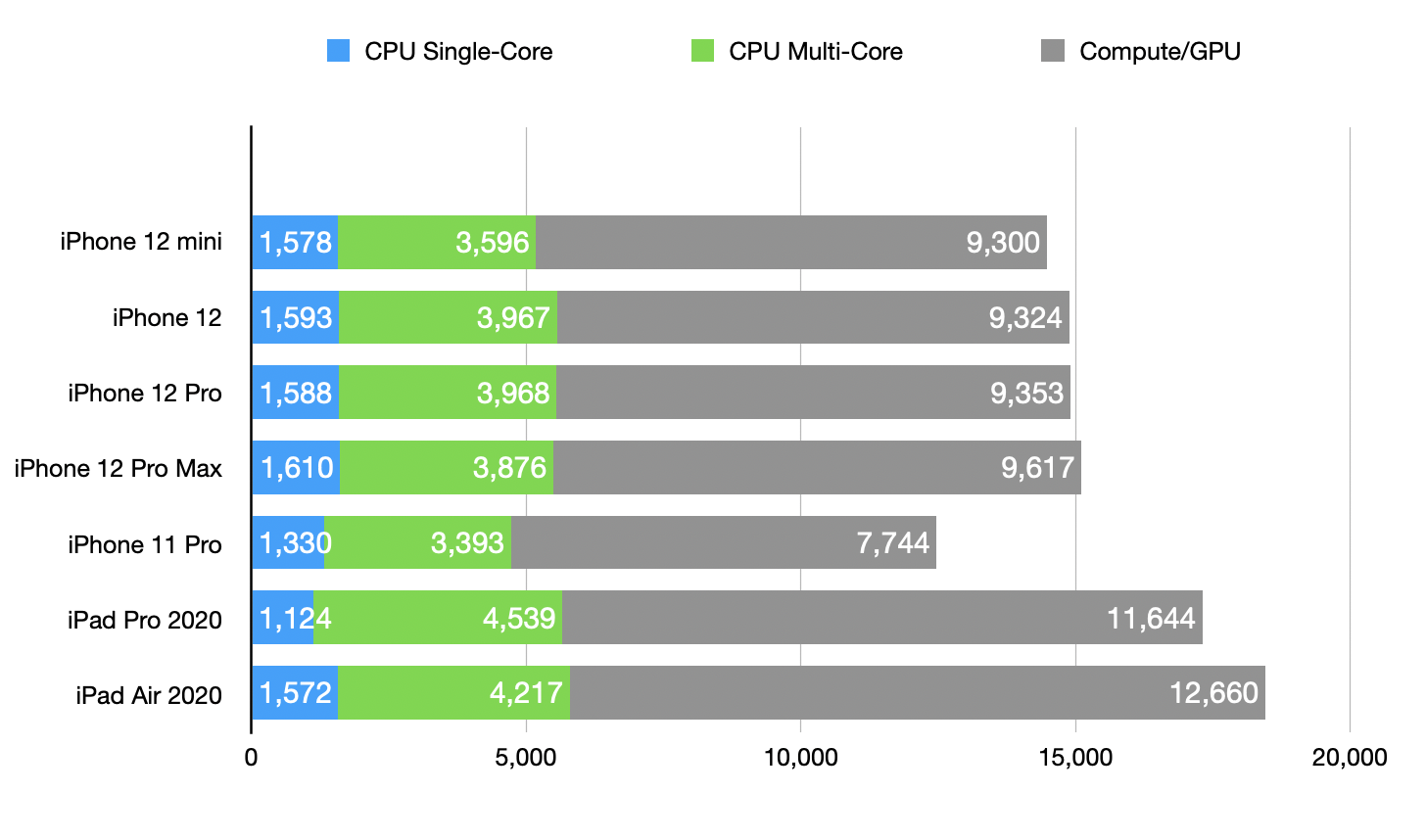
Ultra-wide-angle camera. Exactly the same. Improved over the iPhone 11 Pro massively due to software correction and the addition of Night Mode, but the same across the iPhone 12 Pro lineup.
Telephoto camera. This is a tricky one because it uses the same sensor as the iPhone 12 Pro, but features a new lens assembly that results in a 2.5x (65mm equivalent) zoom factor. This means that though the capture quality is the same, you can achieve tighter framing at the same distance away from your subject. As a heavy telephoto user (I shot around 30% of my pictures over the last year in the iPhone 11 Pro’s telephoto) I love this additional control and the slightly higher optical compression that comes with it.

The framing control is especially nice with portraits.

Though it comes in handy with distant subjects as well.
There is also one relatively stealthy (I cannot find this on the website but I verified that it is true) update to the telephoto. It is the only lens other than the wide-angle across all of the iPhone 12 lineup to also get the new optical stabilization upgrades that allow it to make 5,000 micro-adjustments per second to stabilize an image in low light or shade. It still uses the standard lens-style stabilization, not the new sensor-shift OIS used in the wide-angle lens, but it goes up 5x in the amount of adjustments it can make from the iPhone 11 Pro or even the iPhone 12 Pro.

The results of this can be seen in this shot, a handheld indoor snap. Aside from the tighter lens crop, the additional stabilization adjustments result in a crisper shot with finer detail even though the base sensor is identical. It’s a relatively small improvement in comparison to the wide-angle, but it’s worth mentioning and worth loving if you’re a heavy telephoto user.
Wide-angle camera. The bulk of the iPhone 12 Pro Max difference is right here. This is a completely new camera that pushes the boundaries of what the iPhone has been capable of shooting to this point. It’s actually made up of three big changes:
- A new f1.6 aperture camera. A larger aperture is plain and simple a bigger hole that lets more light in.
- A larger sensor with 1.7 micron pixels (bigger pixels mean better light gathering and color rendition), a larger sensor means higher-quality images.
- An all-new sensor-shift OIS system that stabilizes the sensor, not the lens. This is advantageous for a few reasons. Sensors are lighter than lenses, which lets the adjustments happen faster because it can be moved, stopped and started again with more speed and precision.
Sensor-shift OIS systems are not new, they were actually piloted in the Minolta DiMAGE A1 back in 2003. But most phone cameras have used lens-shift technology because it is very common, vastly cheaper and easier to implement.
All three things work together to deliver pretty stellar imaging results. It also makes the camera bump on the iPhone 12 Pro Max a bit taller. Tall enough that there is actually an additional lip on the case meant for it made by Apple to cover it. I’d guess that this additional thickness stems directly from the wide-angle lens assembly needing to be larger to accommodate the sensor and new OIS mechanism and then Apple being unwilling to let one camera stick out farther than any other.
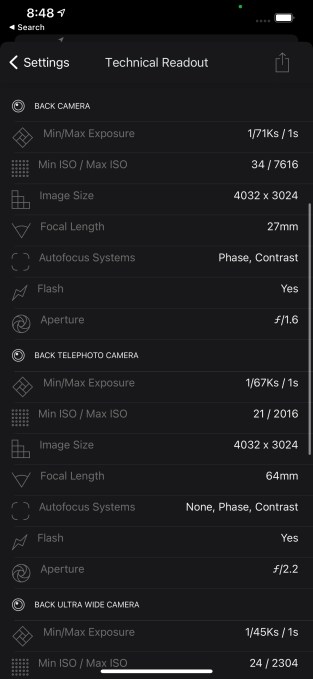
The iPhone 12 Pro Max has a massive ISO range, enabled by the wide angle. It can pick anywhere from 34-7,616 ISO, which allows it to snap candid shots at wide apertures and faster shutter speeds with much more surety than the iPhone 12 Pro. This isn’t a huge deal for some people, and some of the gain can be washed away depending on what you’re shooting. But for people with kids and who shoot moving subjects in less than ideal conditions, it’s big. It can be the difference between a tack-sharp shareable and a throwaway in the right situation.

These are Night Mode samples, but even there you can see the improvements in brightness and sharpness. Apple claims 87% more light-gathering ability with this lens, and in the right conditions it’s absolutely evident. Though you won’t be shooting SLR-like images in near darkness (Night Mode has its limits and tends to get pretty impressionistic when it gets very dim) you can absolutely see the pathway that Apple has to get there if it keeps making these kinds of improvements.
Wide-angle shots from the iPhone 12 Pro Max display slightly better sharpness, lower noise and better color rendition than the iPhone 12 Pro, and much more improvement from the iPhone 11 Pro. In bright conditions you will be hard pressed to tell the difference between the two iPhone 12 models, but if you’re on the lookout the signs are there. Better stabilization when handheld in open shade, better noise levels in dimmer areas and slightly improved detail sharpness.

The iPhone 12 Pro already delivers impressive results year on year, but the iPhone 12 Pro Max leapfrogs it within the same generation. It’s the most impressive gain Apple’s ever had in a model year, image wise. The iPhone 7 Plus and the introduction of Apple’s vision of a blended camera array was forward looking, but even then image quality was pretty much parity with the smaller models that year.
A very significant jump this year. Can’t wait for this camera to trickle down the lineup.
Lidar. I haven’t really mentioned lidar benefits yet, but I went over them extensively in my iPhone 12 Pro review, so I’ll cite them here.
Lidar is an iPhone 12 Pro and iPhone 12 Pro Max-only feature. It enables faster auto-focus lock-in in low-light scenarios as well as making Portrait Mode possible on the Wide lens in Night Mode shots.
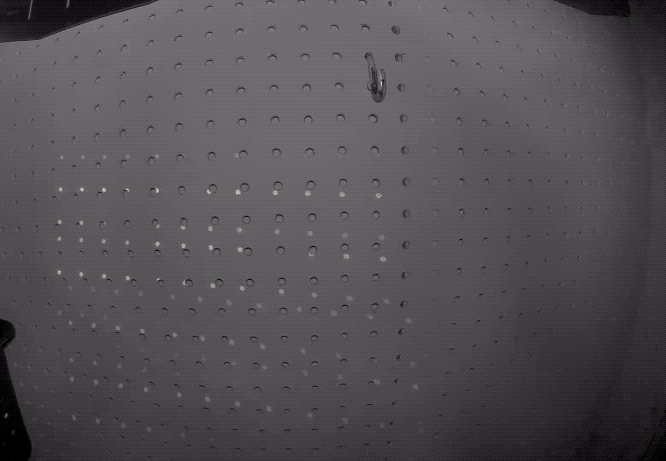
First, the auto-focus is insanely fast in low light. The image above is what is happening, invisibly, to enable that. The lidar array constantly scans the scene with an active grid of infrared light, producing depth and scene information that the camera can use to focus.
In practice, what you’ll see is that the camera snaps to focus quickly in dark situations where you would normally find it very difficult to get a lock at all. The lidar-assisted low-light Portrait Mode is very impressive, but it only works with the Wide lens. This means that if you are trying to capture a portrait and it’s too dark, you’ll get an on-screen prompt that asks you to zoom out.
These Night Mode portraits are demonstrably better looking than the standard portrait mode of the iPhone 11 because those have to be shot with the telephoto, meaning a smaller, darker aperture. They also do not have the benefit of the brighter sensor or lidar helping to separate the subject from the background — something that gets insanely tough to do in low light with just RGB sensors.
As a note, the lidar features will work great in situations less than five meters along with Apple’s Neural Engine, to produce these low-light portraits. Out beyond that it’s not much use because of light falloff.
Well-lit Portrait Mode shots on the iPhone 12 Pro Max will still rely primarily on the information coming in through the lenses optically, rather than lidar. It’s simply not needed for the most part if there’s enough light.
The should I buy it workflow
I’m straight up copying a couple of sections for you now from my iPhone 12 Pro and iPhone 12 mini reviews because the advice applies across all of these devices. Fair warning.
In my iPhone 12/12 Pro review I noted my rubric for selecting a personal device:
- The most compact and unobtrusive shape.
- The best camera that I can afford.
And this is the conclusion I came to at the time:
The iPhone 12 Pro is bested in the camera department by the iPhone 12 Pro Max, which has the biggest and best sensor Apple has yet created. (But its dimensions are similarly biggest.) The iPhone 12 has been precisely cloned in a smaller version with the iPhone 12 mini. By my simple decision-making matrix, either one of those are a better choice for me than either of the models I’ve tested. If the object becomes to find the best compromise between the two, the iPhone 12 Pro is the pick.
But now that I’ve had time with the Pro Max and the mini, I’ve been able to work up a little decision flow for you:
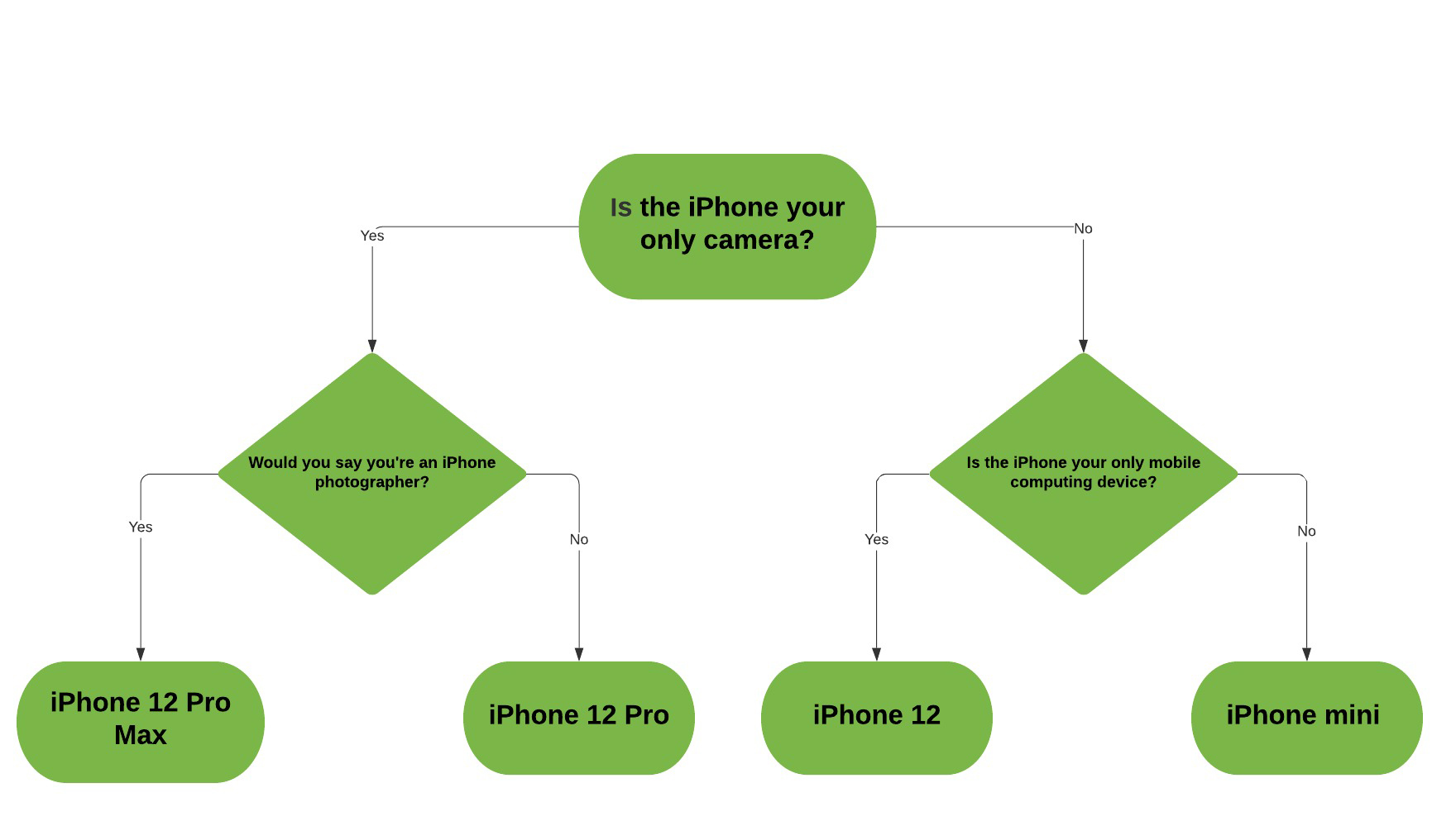
If you haven’t gathered it by now, I recommend the iPhone 12 Pro Max to two kinds of people: the ones who want the absolute best camera quality on a smartphone period and those who do the bulk of their work on a phone rather than on another kind of device. There is a distinct “fee” that you pay in ergonomics to move to a Max iPhone. Two hands are just plain needed for some operations and single-handed moves are precarious at best.
Of course, if you’re already self-selected into the cult of Max then you’re probably just wondering if this new one is worth a jump from the iPhone 11 Pro Max. Shortly: maybe not. It’s great, but it’s not light years better unless you’re doing photography on it. Anything older though and you’re in for a treat. It’s well made, well equipped and well priced. The storage upgrades are less expensive than ever and it’s really beautiful.
Plus, the addition of the new wide angle to the iPhone 12 Pro Max makes this the best camera system Apple has ever made and quite possibly the best sub compact camera ever produced. I know, I know, that’s a strong statement, but I think it’s supportable because the iPhone is best in class when it comes to smartphones, and no camera company on the planet is doing the kind of blending and computer vision Apple is doing. Though larger sensor compact cameras still obliterate the iPhone’s ability to shoot in low-light situations, the progress over time of Apple’s ML-driven blended system.
A worthy upgrade, if you can pay the handling costs.

Read Full Article
